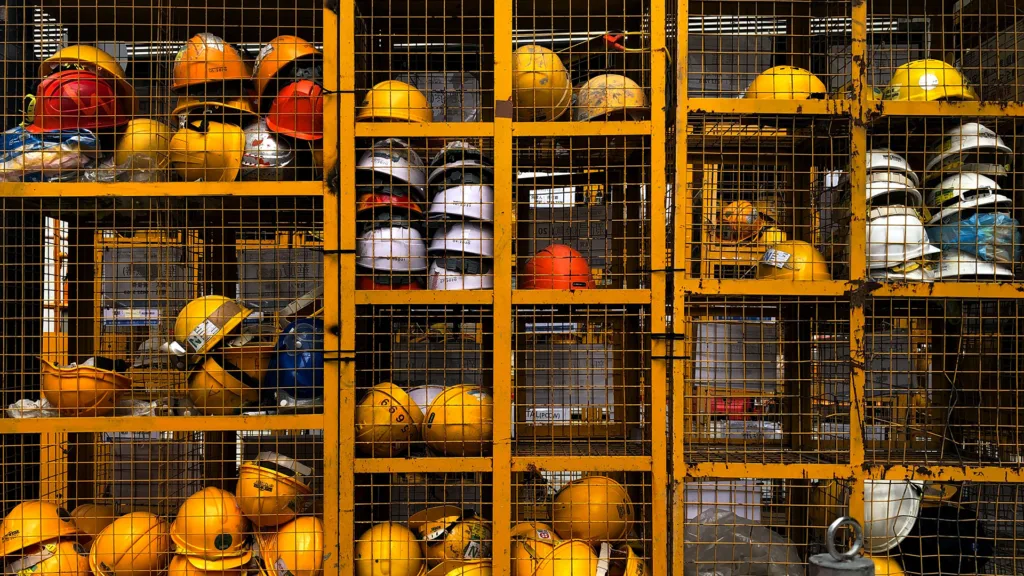Lung cancer is currently the leading cause of cancer death worldwide, and an estimated 238,340 people will be diagnosed in 2023 in the U.S. alone. However scary these numbers are, new lung cancer diagnoses are steadily declining. According to the Lung Cancer Research Foundation, the lung cancer incidence rate has decreased by 2.6% and 1.1% per year in men and women, respectively.
While smoking remains the leading cause of lung cancer, people who have never smoked account for about 20% of lung cancer deaths.
What Risk Factors Lead to Lung Cancer?
Research has found that many risk factors can increase your chances of being diagnosed with lung cancer.
Too often, people are told that smoking is the sole reason they were diagnosed with lung cancer. While smoking remains the number one risk factor, this is not the case when asbestos is involved.
Smoking is only a contributing factor to your diagnosis when it comes to asbestos exposure. 10-20% of those diagnosed with lung cancer have never smoked or smoked less than 100 cigarettes in their lifetime.
Environmental Risks Associated With Lung Cancer
Many environmental factors, including asbestos, can increase your risk of developing lung cancer.
After smoking, radon is the second-highest leading cause of lung cancer in the U.S. Radon is a naturally occurring gas that cannot be seen, tasted, or smelled, making it incredibly dangerous and difficult to detect. It forms in rocks, soil, and water. It can seep into your home or building through cracks or holes and build up. Exposure to high radon levels over long periods of time can cause lung cancer. Nearly one out of every 15 homes has elevated radon levels. Learn how to test your home, and if you find high levels, here are some ways to reduce radon levels in your home.
Other Substances That Cause Lung Cancer
Many substances found in the workplace increase the risk of lung cancer. Some of these include asbestos, arsenic, diesel exhaust, and some forms of chromium and silica.
Exposure to air pollution can significantly increase the risk of lung cancer. Particle pollution is often pervasive in the outdoor air we breathe. Sources include vehicle exhaust, particles from coal-fired power plants, and other industrial sources can all cause lung cancer. Particle pollution can also increase the risk of heart disease and asthma attacks and interfere with the healthy growth and function of your lungs. According to Lung.org and Dr. Norman Edelman, MD, Senior Scientific Advisor to the American Lung Association, “Anyone who lives where particle pollution levels are high is at risk. Some people face higher risk, including children, the elderly, people with lung and heart disease and diabetes, people with low incomes, and people who work or exercise outdoors.”
Contaminated drinking water is not new. Radon and arsenic can seep into drinking water, especially water obtained from private wells.
Family History of Lung Cancer
Genetics can play a role in lung cancer. Those with a familial history of lung cancer may be at a higher risk, especially if they inherit a particular chromosome (chromosome 6). Research has also found that some people inherit a reduced ability to break down certain cancer-causing chemicals in the body, such as those found in cigarettes.
Others inherit faulty DNA repair mechanisms, making them more vulnerable to cancer-causing chemicals and radiation. This is especially problematic for those living in areas of high air pollution.
Vogelzang Law is Here to Help
If you have been diagnosed with lung cancer due to asbestos exposure, our team of experienced litigators are standing by. We hope you never have to call us, but if you do, know you have a relentless team of fighters in front of you, protecting you from the storm and offering safe harbor.
Contact us for your free consultation – we’re here if you need us.



